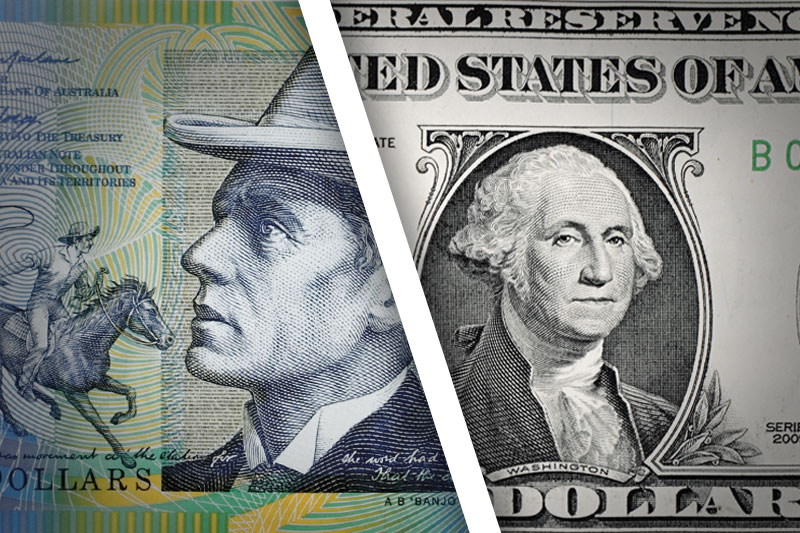Investing.com - The Australian dollar fell to six-week lows against its U.S. counterpart on Tuesday, as the release of disappoiting manufacturing data out of China added to concerns over the outlook for global economic growth.
AUD/USD hit 1.0221 during late Asian trade, the pair's lowest since March 11; the pair subsequently consoslidated at 1.0226, shedding 0.45%.
The pair was likely to find support at 1.0204, the low of March 10 and resistance at 1.0285, the high of March 11.
The preliminary reading of China's HSBC manufacturing purchasing managers’ index came in at 50.5 for April, down from a final reading of 51.6 in March.
The weak data appeared to point to a slower rate of growth in the manufacturing sector of the world’s second largest economy in the second quarter.
China is Australia's biggest export partner.
In Australia, the Conference Board said its leading index rose 0.3% in February, after a 0.2% increase the previous month.
The Aussie was lower against the euro with EUR/AUD rising 0.29%, to hit 1.2754.
Later in the day, the U.S. was to release official data on new home sales.
AUD/USD hit 1.0221 during late Asian trade, the pair's lowest since March 11; the pair subsequently consoslidated at 1.0226, shedding 0.45%.
The pair was likely to find support at 1.0204, the low of March 10 and resistance at 1.0285, the high of March 11.
The preliminary reading of China's HSBC manufacturing purchasing managers’ index came in at 50.5 for April, down from a final reading of 51.6 in March.
The weak data appeared to point to a slower rate of growth in the manufacturing sector of the world’s second largest economy in the second quarter.
China is Australia's biggest export partner.
In Australia, the Conference Board said its leading index rose 0.3% in February, after a 0.2% increase the previous month.
The Aussie was lower against the euro with EUR/AUD rising 0.29%, to hit 1.2754.
Later in the day, the U.S. was to release official data on new home sales.
